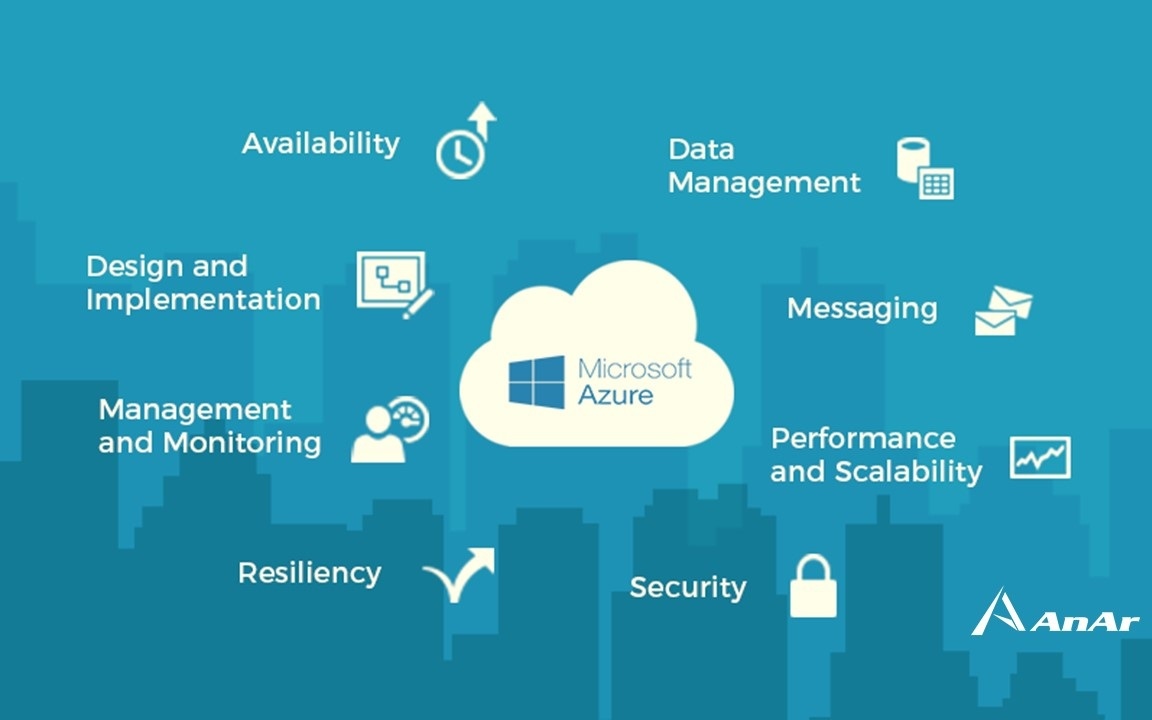
Microservices Architecture for Scalability and Resilience
**Cloud Architecture Patterns: Designing for Performance and Reliability**
In the realm of cloud computing, where applications are distributed across multiple servers and data centers, the architecture of these systems plays a crucial role in ensuring performance and reliability. Cloud architecture patterns provide a framework for designing and implementing cloud-based solutions that meet specific requirements.
One of the most important patterns for microservices architecture is the use of load balancing. Load balancing distributes incoming requests across multiple servers, ensuring that no single server becomes overloaded. This improves performance by reducing response times and preventing bottlenecks.
Another key pattern is caching. Caching stores frequently accessed data in memory, reducing the need to retrieve it from slower storage devices. This can significantly improve performance, especially for applications that handle a large volume of read-only requests.
For applications that require high availability, fault tolerance is essential. Fault tolerance ensures that the system remains operational even if one or more components fail. This can be achieved through techniques such as replication, where multiple copies of data are stored on different servers.
Scalability is another important consideration in cloud architecture. Scalability allows systems to handle increasing workloads by adding or removing resources as needed. This can be achieved through techniques such as auto-scaling, where the system automatically adjusts its capacity based on demand.
Security is paramount in cloud architecture. Cloud architecture patterns provide mechanisms for securing data and applications, such as encryption, access control, and intrusion detection. By implementing these patterns, organizations can protect their sensitive information and prevent unauthorized access.
In addition to these core patterns, there are numerous other patterns that can be used to address specific requirements. For example, the circuit breaker pattern can be used to prevent cascading failures by automatically disabling faulty components. The saga pattern can be used to ensure that distributed transactions are completed atomically.
By leveraging these cloud architecture patterns, organizations can design and implement scalable, reliable, and secure cloud-based solutions. These patterns provide a proven framework for building systems that meet the demands of modern applications and ensure optimal performance and availability.
Serverless Architecture for Cost Optimization and Flexibility
**Cloud Architecture Patterns: Designing for Performance and Reliability**
In the realm of cloud computing, selecting the appropriate architecture patterns is crucial for optimizing performance and ensuring reliability. One such pattern that has gained significant traction is serverless architecture, renowned for its cost-effectiveness and flexibility.
Serverless architecture operates on a pay-as-you-go model, eliminating the need for provisioning and managing servers. This approach significantly reduces infrastructure costs, as organizations only pay for the resources they consume. Moreover, serverless architecture enables rapid application development and deployment, allowing teams to focus on core business logic rather than infrastructure concerns.
One of the key benefits of serverless architecture is its scalability. Serverless functions can automatically scale up or down based on demand, ensuring optimal performance even during peak traffic periods. This eliminates the risk of performance bottlenecks and ensures a seamless user experience.
Reliability is another critical aspect of cloud architecture. Serverless architecture leverages the inherent reliability of cloud platforms, which provide built-in redundancy and fault tolerance. This ensures that applications remain available even in the event of hardware failures or network outages.
To design a serverless architecture for performance and reliability, it is essential to consider the following best practices:
* **Choose the right cloud provider:** Different cloud providers offer varying levels of performance and reliability. Evaluate their offerings carefully and select the one that best aligns with your requirements.
* **Design for scalability:** Implement mechanisms to automatically scale functions based on demand. This ensures that your application can handle varying workloads without compromising performance.
* **Implement fault tolerance:** Use techniques such as retries, circuit breakers, and load balancing to mitigate the impact of failures. This ensures that your application remains available even in the face of disruptions.
* **Monitor and optimize:** Continuously monitor your serverless architecture to identify performance bottlenecks and areas for improvement. Use tools provided by cloud providers to optimize resource utilization and reduce costs.
By adhering to these best practices, organizations can design serverless architectures that deliver exceptional performance and reliability. Serverless architecture empowers businesses to innovate rapidly, reduce costs, and focus on delivering value to their customers.
Multi-Cloud Architecture for Redundancy and Disaster Recovery
**Cloud Architecture Patterns: Designing for Performance and Reliability**
In the realm of cloud computing, ensuring performance and reliability is paramount. Cloud architecture patterns provide a framework for designing and implementing cloud-based systems that meet these critical requirements. One such pattern is multi-cloud architecture, which leverages multiple cloud providers to enhance redundancy and disaster recovery capabilities.
Multi-cloud architecture involves distributing applications and data across different cloud platforms. This approach offers several advantages. Firstly, it reduces the risk of a single point of failure. If one cloud provider experiences an outage, the system can continue to operate seamlessly on the other platforms. Secondly, multi-cloud architecture allows for load balancing, distributing traffic across multiple clouds to optimize performance and reduce latency.
To implement a multi-cloud architecture effectively, it is essential to consider the following design principles:
* **Data replication:** Replicate critical data across multiple cloud platforms to ensure availability in the event of a failure.
* **Service redundancy:** Deploy redundant instances of essential services on different clouds to maintain continuity of operations.
* **Geographic distribution:** Distribute cloud resources across different geographic regions to minimize the impact of regional outages or disasters.
In addition to these design principles, it is crucial to establish clear policies and procedures for managing multi-cloud environments. This includes defining roles and responsibilities, establishing monitoring and alerting mechanisms, and implementing automated failover processes.
By adopting a multi-cloud architecture, organizations can significantly enhance the performance and reliability of their cloud-based systems. However, it is important to note that this approach also introduces additional complexity and management overhead. Therefore, it is essential to carefully evaluate the benefits and challenges before implementing a multi-cloud strategy.
In conclusion, cloud architecture patterns provide a valuable framework for designing and implementing cloud-based systems that meet specific performance and reliability requirements. Multi-cloud architecture is a particularly effective pattern for enhancing redundancy and disaster recovery capabilities. By following best practices and establishing clear policies and procedures, organizations can leverage the benefits of multi-cloud architecture to ensure the availability and resilience of their critical applications and data.







